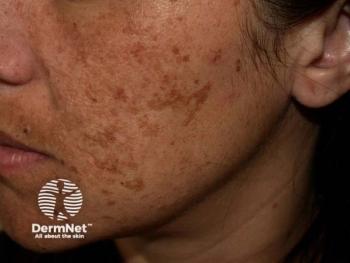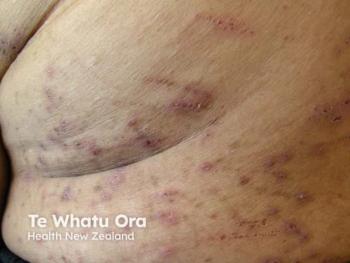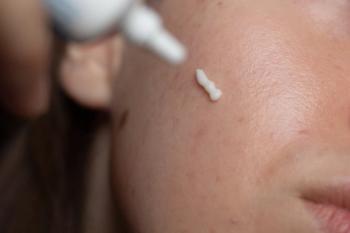
The Latest Trends in Laser and Energy-Based Dermatology
Dendy Engelman, MD, FACMS, FAAD, explores the latest advancements in laser and energy-based dermatological treatments, including skin resurfacing and body contouring.
Dendy Engelman, MD, FACMS, FAAD, a board-certified dermatologist practicing at Shafer Clinic on Fifth Avenue in New York City, discussed the latest trends in laser and energy-based dermatologic treatments, as well as the evolving landscape of patient demands and technology.
One of the most notable shifts in her clinic is the year-round popularity of skin resurfacing treatments, including both non-ablative and fractionated CO₂ laser procedures. Traditionally avoided during summer due to sun exposure risks, these treatments are now possible even in warmer months as patients have become more diligent with sun protection. Engelman noted a clear increase in trust-based selection for these procedures, prioritizing patients who will comply with post-care protocols.
Body contouring remains another high-demand service, particularly during summer when patients become more body-conscious. Her clinic uses radiofrequency (RF) treatments for fat reduction and muscle sculpting, targeting areas such as the abdomen, thighs, arms, and buttocks. The combination of RF with muscle stimulation is proving especially effective for comprehensive body reshaping.
Light-based therapies, such as intense pulsed light (IPL) and pulsed dye lasers like Vbeam, are frequently used for patients with rosacea or preparing for events, such as weddings. Additionally, Engelman is observing a growing focus on the jawline and neck. This trend addresses the mismatch that has developed over the years between the more frequently treated upper face and the relatively neglected lower face.
“We're really lucky to have so many devices at our fingertips here,” she noted.
When asked about the resurgence of interest in RF therapies, Engelman explained that early-generation RF devices often produced inconsistent results and caused discomfort. However, recent technological advancements have significantly improved patient outcomes and tolerability. The newer devices now offer effective collagen and elastin stimulation with minimal discomfort or downtime. This evolution mirrors “K-Beauty” aesthetic trends from South Korea, where monopolar RF technologies are flourishing. Patients are now able to achieve near-surgical skin tightening results without invasive procedures, anesthesia, or recovery time, making patients “excited about these treatments again,” according to Engelman.
“We've seen a really miraculous change [of] being able to deliver this level of radio frequency and heat to the skin in order to upregulate collagen, elastin, and tighten the skin, but in a comfortable manner,” Engelman said.
Newsletter
Like what you’re reading? Subscribe to Dermatology Times for weekly updates on therapies, innovations, and real-world practice tips.


















